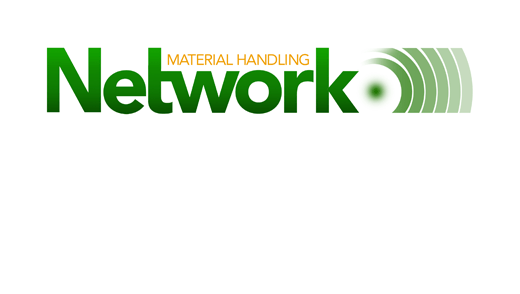Published March 19, 2020
As we all slowly work our way through dealing with the COVID-19 pandemic of 2020, it is important to recognize that history is again repeating itself. We do not need to fear that this is the end of the world. It is, however, another blip in the road that will produce a new way of interacting that could create a long-term benefit.
While many of us have not had to deal with a similar event in the past, understanding the post-event impacts is important to ensuring we move forward and learn. No time in history have we had the technological solutions at our fingertips to counter such an event that we have today. We now live in a time when quick containment is possible and life can move on somewhat normally.
Recent History of Health Crises
The worst health crisis in recent time is the HIV/AIDS epidemic in the early 2000s that killed more than 20 million people worldwide. Believed to have originated in the Democratic Republic of the Congo nearly 100 years ago, HIV/AIDS has truly proven itself as a global epidemic and continues to impact our environment, with nearly 40 million people worldwide currently living with the disease.
During the 20th century, we experienced several deadly evolutions of the flu. Aside from the 2009 H1N1 pandemic that killed anywhere between 151,700-575,400 people worldwide, the last flu pandemic was in 1968 and resulted in 1 million deaths worldwide. This flu was a mutation of the Asian Flu that broke out in China in 1958 and in total claimed more than 2 million lives across the globe.
What everyone fears is the mother of all flus that occurred in 1918 and killed approximately 50 million people worldwide. What separated the 1918 pandemic from other influenza outbreaks was the victim makeup, which included healthy younger people. Prior to this, flu victims were mostly young children and the elderly or already weakened patients.
Patterns
What becomes quite evident in understanding historical pandemics is that we appear to experience an outbreak every 20 to 40 years. With this regularity, no one should be surprised that 50 years after the last major outbreak, we are now experiencing another pandemic. What is concerning is that even though a pattern exists, we still fail to prepare for a fairly regular occurrence.
By understanding historical patterns, we can unlock and prepare for these cyclical events. By narrowing our view to the one- to two-year horizon, however, normal cyclical patterns that impact the underlying human behavior become a shock to the system. By taking a broader view of time and our target markets, we can be prepared for what would otherwise be a shock.
Future Planning
Hindsight provides a great equalizer in waking us up to the true realities of the world we live in. Teams should begin to recognize the impacts this most recent “shock” is having to their business and take appropriate actions to plan for the right market response. Here are a few critical steps businesses must take today to respond:
- Planning
Natural events (e.g. hurricanes, pandemics, etc.) can be planned for when evaluating the long-term, historical view. Recognize the cyclical nature of these recurring events and incorporate them into your strategy whenever possible. Teams should also look for “event” detection processes to scrub historical performance to ensure these events do not impact next year’s inventory buying.
- Remote WorkersIn recent years, companies have naively attempted the work-from-home model. Current events require these approaches to be robust and easily engaged as needed. IT teams must ensure the network solutions are capable of supporting a remote organization that is secure and efficient.
- Social Engagement
Customers have been desiring a tighter relationship with their vendors. Current events allow vendors to engage their customers where they connect digitally. Teams should take advantage of this opportunity to capture this interested, focused audience.
Businesses need to move beyond the generic e-blast approach to an engaged social media strategy that encourages dialogue and provides assistance whenever possible. As people self-quarantine, the need for social interaction and “normalcy” will mount. Vendors should take advantage of this opportunity and build direct relationships with their customers.
- Brand LoyaltyCustomers value a brand that cares for them when times are tough. Businesses should use this opportunity to demonstrate their humanity and help their customers as best they can. Pricing, free delivery and engagement regarding new item design are all things consumers will value.
- Aged GoodsUse this time to sell off warehouse cloggers that historically have not moved by providing a heavy discount on these items. When confined to their homes, many people will be spending more time online. Help the “deal searchers” find a deal by using your aging inventory as a way to engage the market and build new customers.
Summary
While these are tough times for many consumers and businesses alike, proper planning through historical analysis can help alleviate inevitable inventory issues. Businesses can create a lasting impact and build brand loyalty by engaging with customers and identifying ways to accommodate their needs as best as possible during these difficult times.



